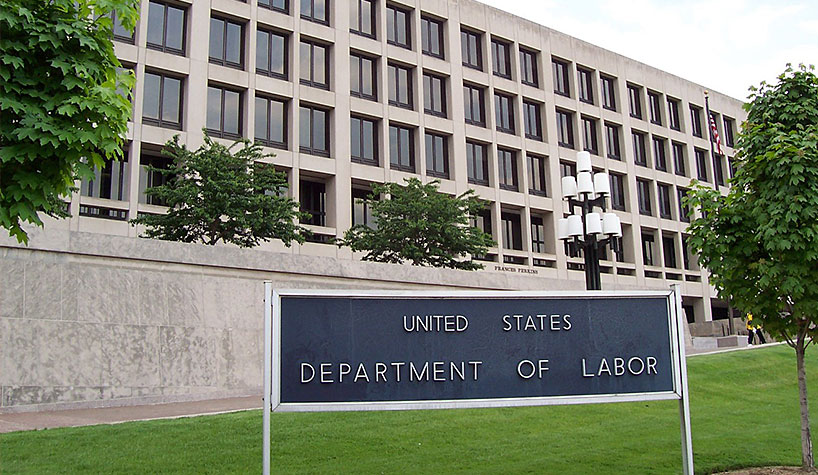WASHINGTON— The U.S. Department of Labor (DOL) has revealed the final rule to update the regulations interpreting joint employer status under the Fair Labor Standards Act (FLSA). They have not been meaningfully updated in over 60 years.
Under the FLSA, an employee may have, in addition to his or her employer, one or more joint employers—additional individuals or entities that are jointly and severally liable with the employer for the employee’s wages. The FLSA requires covered employers to pay their employees at least the federal minimum wage for every hour worked and overtime for every hour worked over 40 in a workweek.
“The changes in this final rule break down barriers that keep companies from constructively overseeing, guiding and helping their business partners,” said Wage and Hour Division Administrator Cheryl Stanton. “For small business owners, and the employees working in those businesses, the relationship and the guidance coming from franchisors and other contracting companies can greatly improve the workplace and help them create jobs.”
In the final rule, the department provides a four-factor balancing test for determining FLSA joint employer status in situations where an employee performs work for one employer that simultaneously benefits another entity or individual. The balancing test examines whether the potential joint employer does the following:
- Hires or fires the employee
- Supervises and controls the employee’s work schedule or conditions of employment to a substantial degree
- Determines the employee’s rate and method of payment
- Maintains the employee’s employment records
The final rule also clarifies when additional factors may be relevant to a determination of FLSA joint employer status and identifies certain business models, contractual agreements with the employer, and business practices that do not make joint employer status more or less likely.
These revisions will add certainty regarding what business practices may result in joint employer status and promotes greater uniformity among court decisions by providing a clearer interpretation of FLSA joint employer status, according to the DOL.
For its part, AAHOA commended the final rule.
“America’s hoteliers applaud the DOL’s ruling, for it provides franchise owners with a clear and straightforward joint employer standard. More than 80% of AAHOA members own franchised properties. The franchise business model continues to serve as an onramp to economic empowerment for America’s entrepreneurs. Returning to the traditional joint employer standard gives owners the peace of mind that they will remain in control of their businesses,” said AAHOA President and CEO Cecil Staton.
The final rule will be effective 60 days after its date of publication.




